Unit I Foundations of Digital Logic
Introduction: digital systems and their importance, Number systems: binary, octal,
hexadecimal number, binary arithmetic: 1’s and 2’s complements arithmetic, binary
conversion, binary code standards: ASCII, BCD. Logic Gates: AND, OR, NOT, NAND,
NOR and Ex-OR operations and logic diagram, realization of gates using universal
gates
Unit II Combinational Logic Design
Basic concepts of Boolean algebra: Laws, theorems, De-Morgan’s theorem, Standard
representation of logic functions, K-map representation (upto 3 variable),
simplification of logic functions using K-map. Applications: Adders, Subtractors,
digital comparator, Multiplexer(MUX)/ data selector, De-Multiplexer(D-MUX)/decoder,
priority encoder.
Unit III Sequential Logic Design
Flip Flops: SR – JK and D type flip flop, concept of Edge Triggering, applications of
flip flops. Registers: shift registers, serial to parallel converter, parallel to serial
converter. Counters: Asynchronous up counters, Synchronous down counters,
Decade counter.
Unit IV Digital Interfacing , ADC and DAC
Digital Interfacing: Introduction, sensors and their types, TTL and CMOS interface –
switch, LED, relay, motor and solenoid.
A/D converters: successive approximation A/D converter, dual slope A/D converter,
D/A converters: weighted resistor/converter, R-2RLadder D/A converter.
Unit V Memories, Programmable Logic Devices
Memory: Definition- i) memory read ii) memory write iii) access time iv) memory
capacity v) address lines vi) word length, Different types of ROM & RAM, Memory
accessing, processing, hierarchy and management, difference between Flash ROM
and NVRAM, operation of pen drive, SD card and solid state hard disk. PLDs:
Difference between fixed logic and programmable logic, PLA architecture

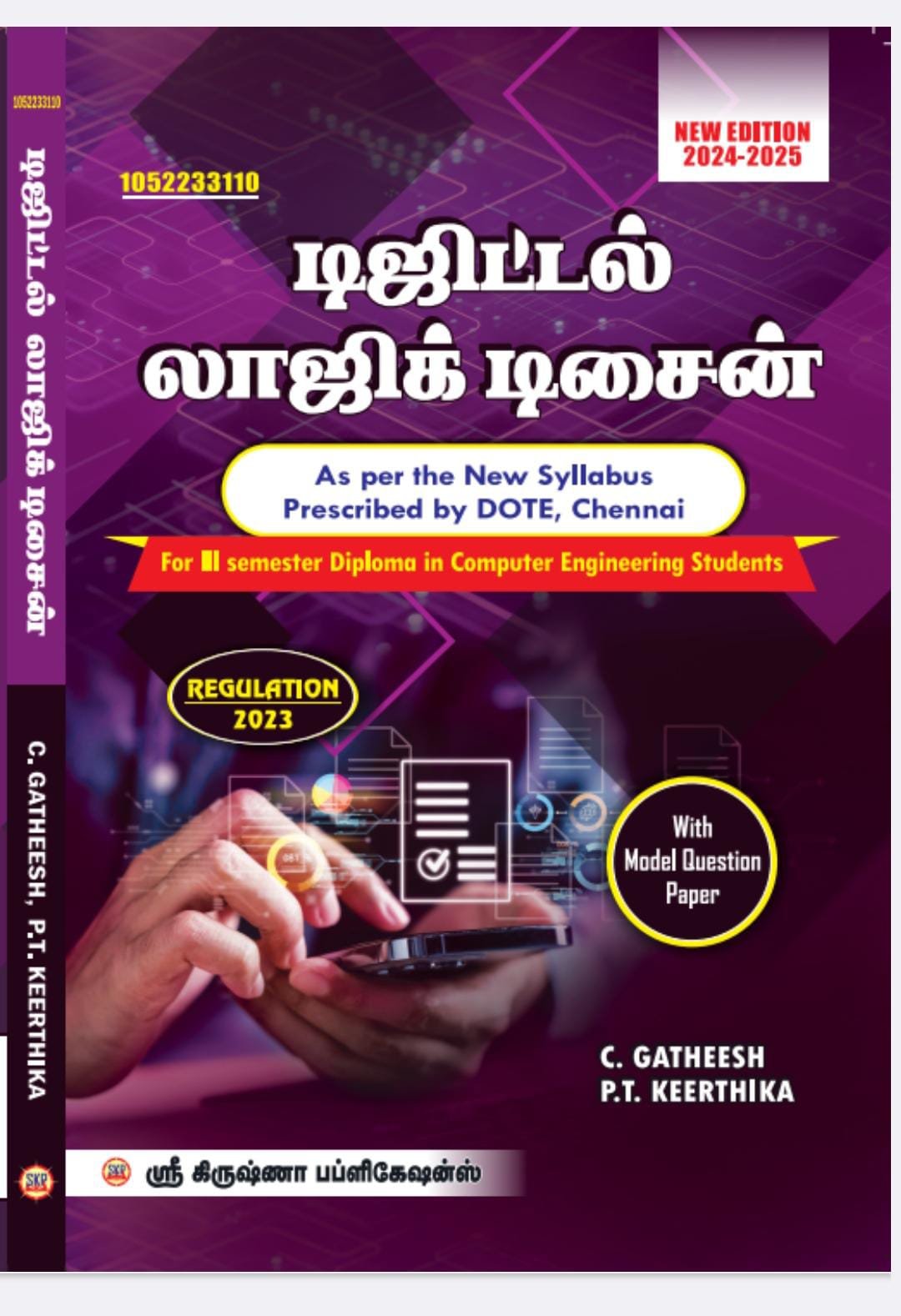
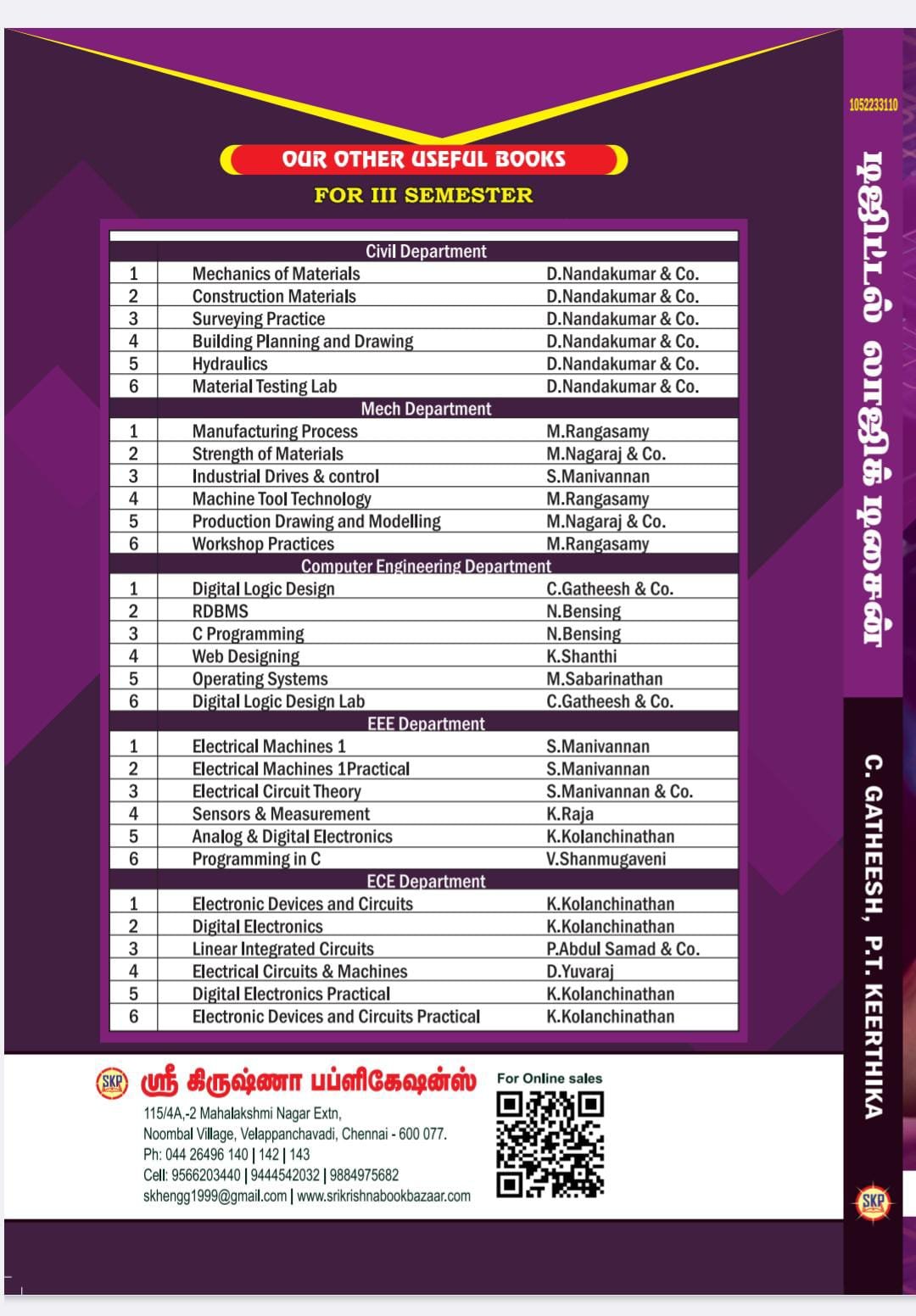



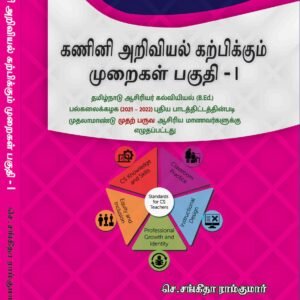
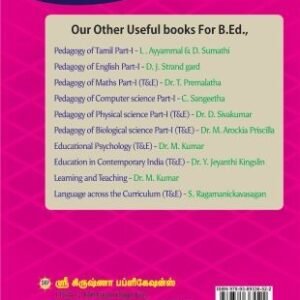



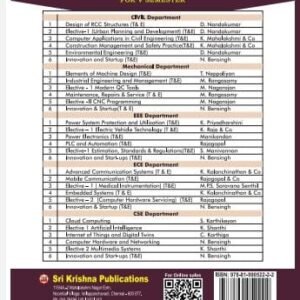

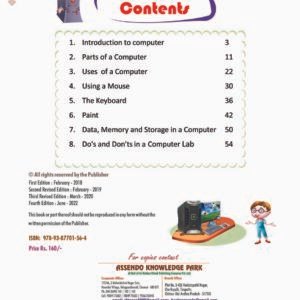
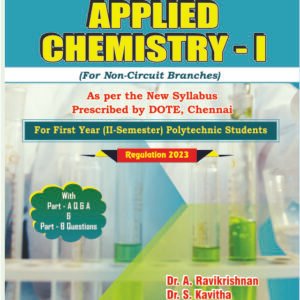
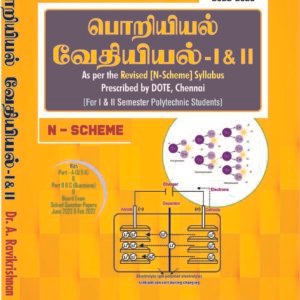

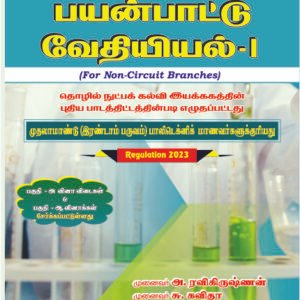

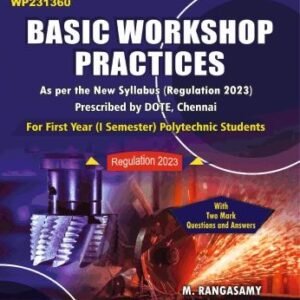
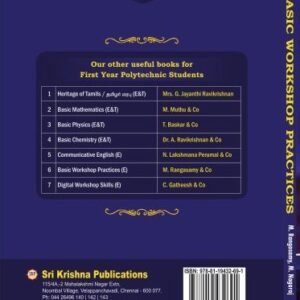
Reviews
There are no reviews yet.